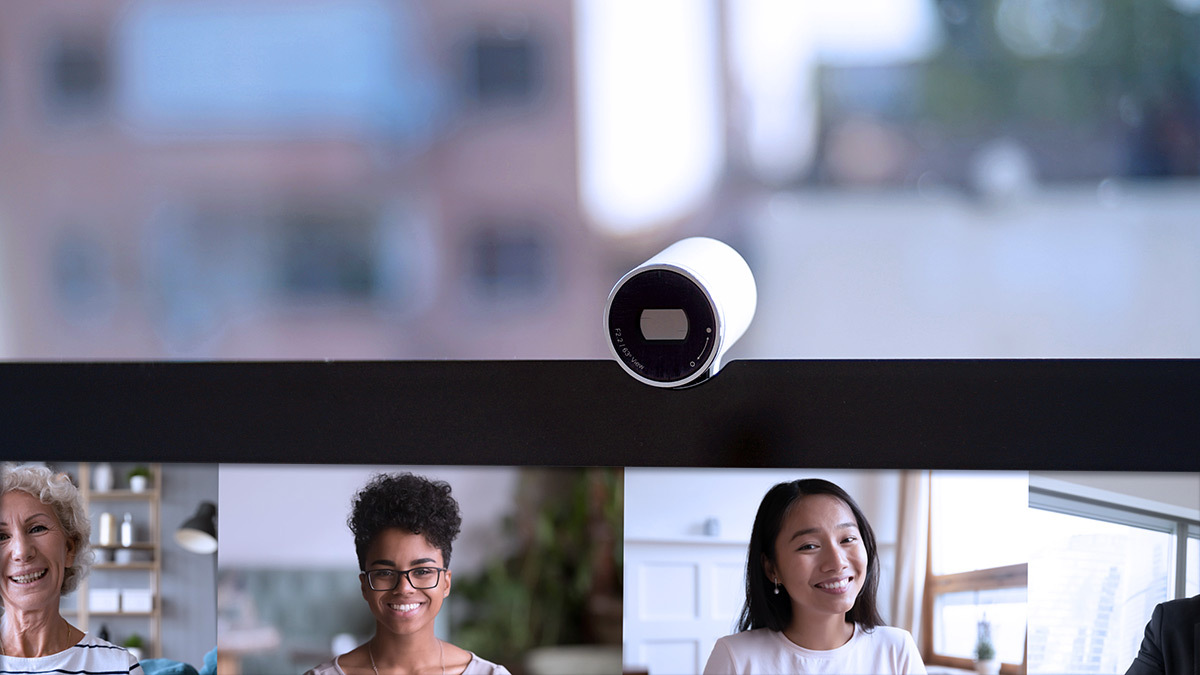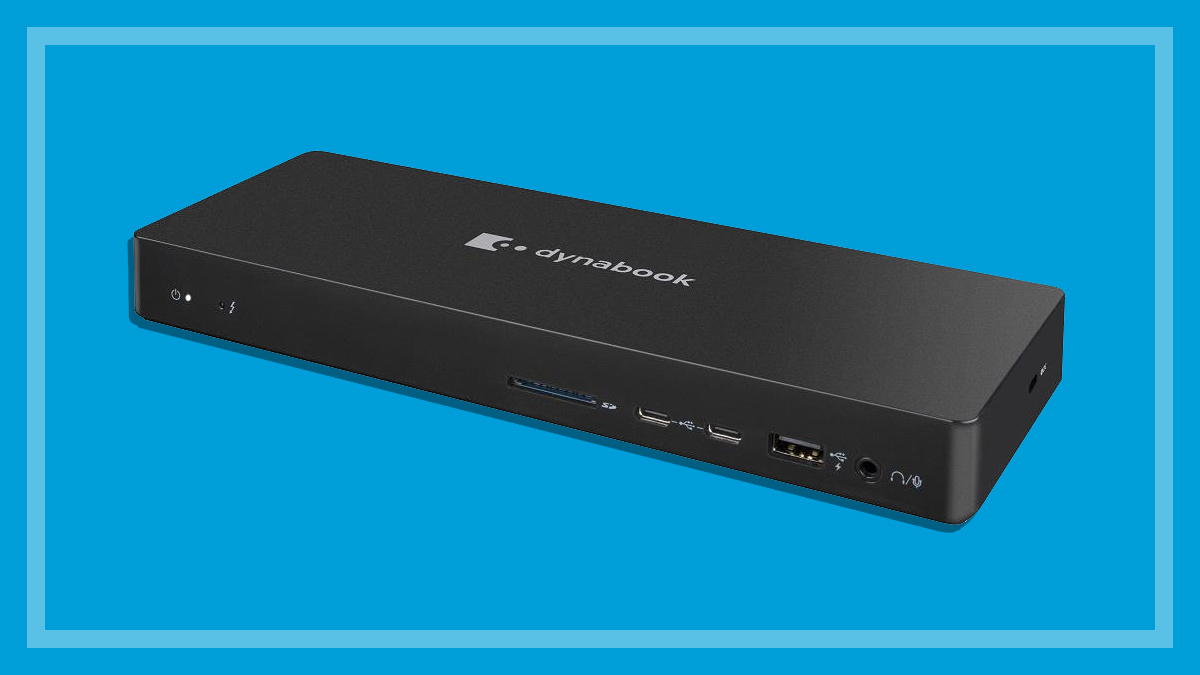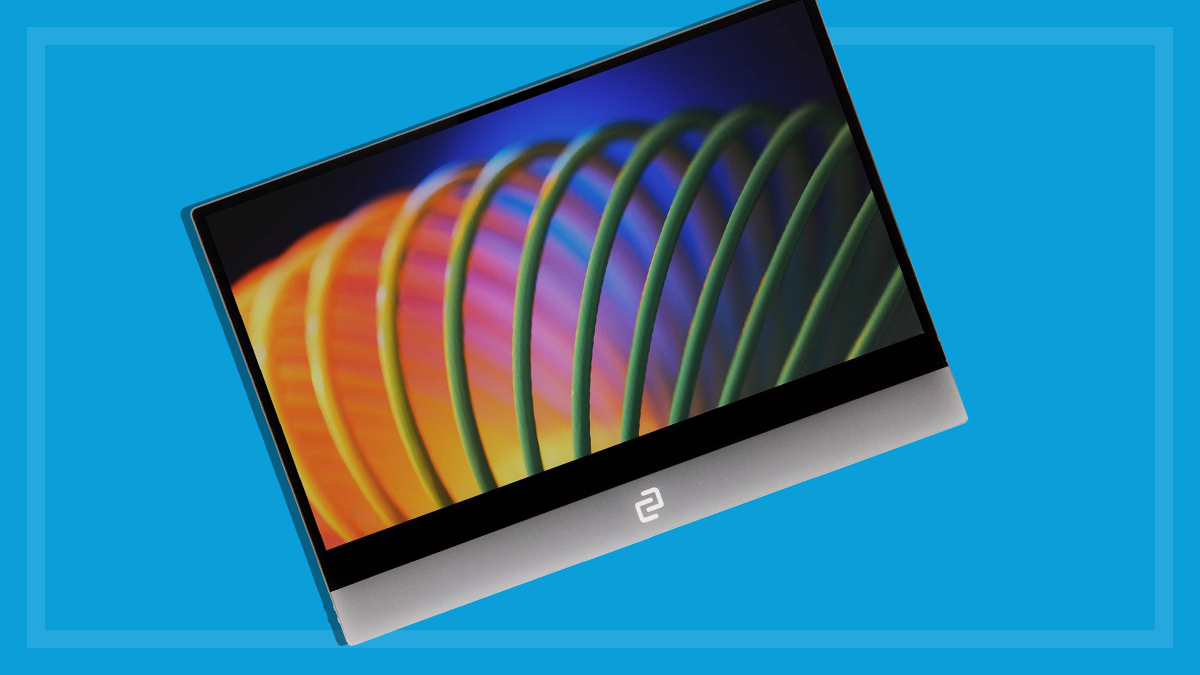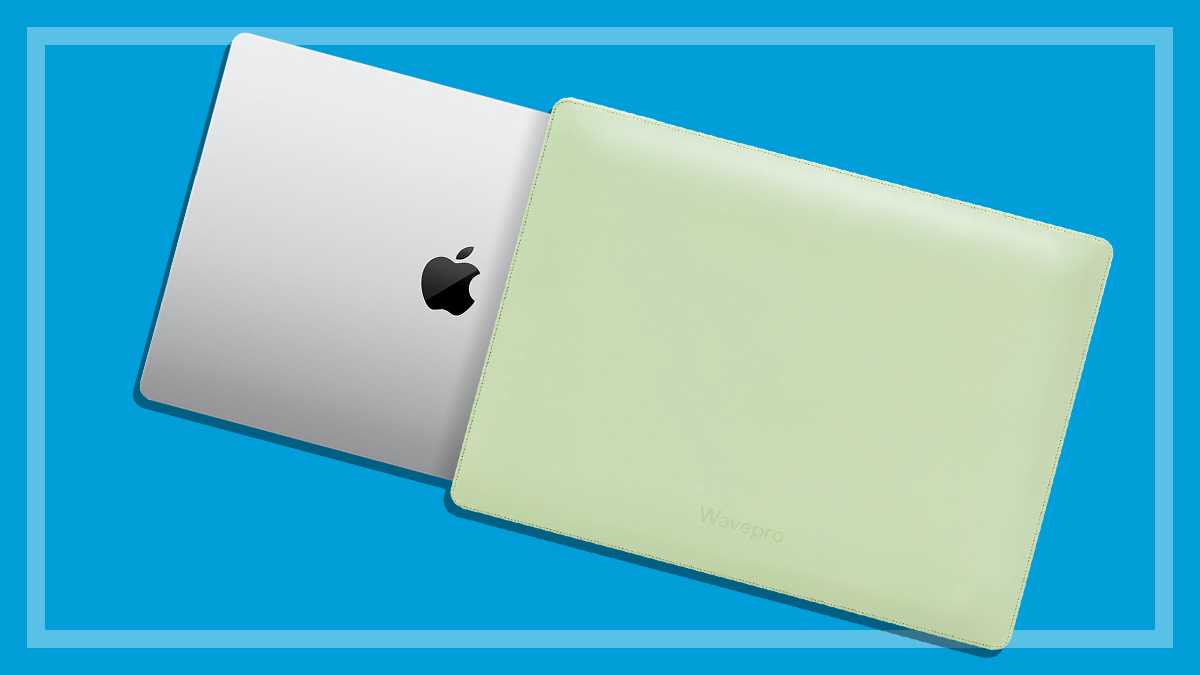Get our independent lab tests, expert reviews and honest advice.
How we test webcams

Our expert testers put the latest webcams – such as Logitech, Microsoft, Xiaomi and Kogan – through rigorous testing to rate performance in light and dark situations, how well they handle movement, and how easy they are to use.
On this page:
How we choose what we test
Webcams are in higher demand than ever due to more people working from home. We take a look at the brands and models being sold in major Australian retailers, as well as some of the easier-to-find models from online stores.
How we test
Performance
To assess performance, each webcam was tested on a high-end PC in the computer lab, running the most up-to-date version of Windows 10 at the time (20H2 for October–November 2020), as well as the latest motherboard BIOS (F21) and graphics drivers (27.21.14.5709).
All webcams were plugged into a USB 3.0 port on the rear of the PC, except for the Logitech StreamCam, which is a USB-C camera, and was therefore plugged into a USB-C port.
Light readings were taken for bright and dim lighting conditions, which helped provide a guide for lighting conditions in future tests.
We used the Windows Camera app to record video and audio from each webcam at its native resolution and frame rate, which was detected by the app. We used the Windows Camera app as it’s built in to Windows laptops and desktops.
The results from the app showed that the picture quality was not as expected for each camera, so we used a second application to test for image quality: OBS Studio.
OBS Studio is freely available and can be used to record webcam video much like Windows Camera. We used OBS Studio to give a second perspective on the image quality (not audio) that each webcam is capable of delivering.
We set the program to use the default resolution and frame rate of the webcam manually. It provided a very different picture compared to Windows Camera in many cases. We assessed the image quality for both applications.
One of the main reasons people buy webcams is to participate in online meetings and video conferences. We also use video conferencing platform Zoom to test how each webcam performs when streaming at Zoom’s default quality settings (640 x 360).
For this test, a meeting was initiated on a high-end PC, which was then accepted on the tester’s work laptop (streaming recipient). Permission was then given to the recipient to record the stream on the work laptop. The recording is then assessed to see what the audio and video quality was like through Zoom. Note, at the time of testing, Zoom was the most popular video conferencing program.
For video, we looked at the overall clarity of the image (straightness of lines, noise and focus point), as well as colour reproduction, motion blur, illumination, and low-light performance.
We used the tester’s two work monitors to simulate backlighting on the face during low-light testing, as well as a lamp directly behind the subject to assess any lens flare and light bleeding into the subject. We checked for autofocus by moving around in the frame and seeing if the image was refocused by the webcam.
Each camera was placed in the exact same position on the test PC’s monitor, and angled so that the face was central in the frame and that some key colours could be seen in the background (red, green and blue).
There was no previous colour reference or reference monitor (for the output), so we tested a MacBook Pro and a Microsoft Surface Laptop Go to get comparison points for the quality.
For audio, we wanted to make sure we could hear all the words that were spoken, and we wanted to hear how background noise was handled. If a webcam tried to combat background noise, sometimes it made the recording sound a bit warbled or compressed.
We also looked for lip sync issues. Audio that was clearly audible with minimal compression or warbling was given a higher score.
Ease of use
We assessed:
- how easy it was to install each camera
- how easy it was to mount each camera on a thick or thin monitor – for the thick monitor, we used a BenQ BL Series monitor, and for the thin monitor, we used an Acer Swift 5 laptop
- how each camera sits on the monitor – whether it’s sturdy or wobbly, and how easy it might topple if the cable is moved
- the length of the cable for each camera – as this can be an issue on a desktop computer.
Privacy
Privacy becomes a factor if the webcam has a built-in visible video indicator light and a supplied lens cap or cover.
Scoring
We give every webcam a CHOICE Expert Rating so you can see at a glance which are the best and worst performers, plus how the models compare to each other in features and specifications.
The CHOICE Expert Rating ignores price and is based on the following criteria:
- Performance (60%)
- Ease of use (35%)
- Privacy (5%)
Our expert testers
Our testers have years of experience testing digital cameras through vigorous processes. We test cameras in group batches in a range of conditions under controlled circumstances.






